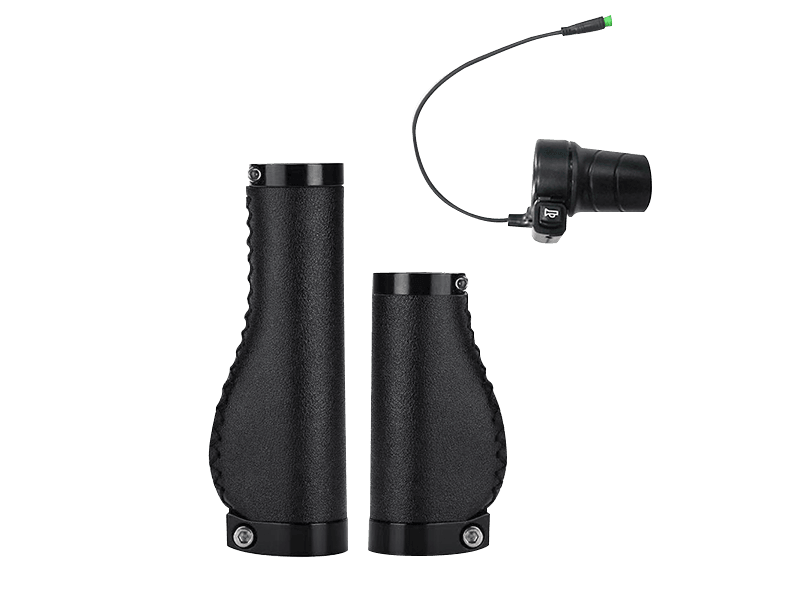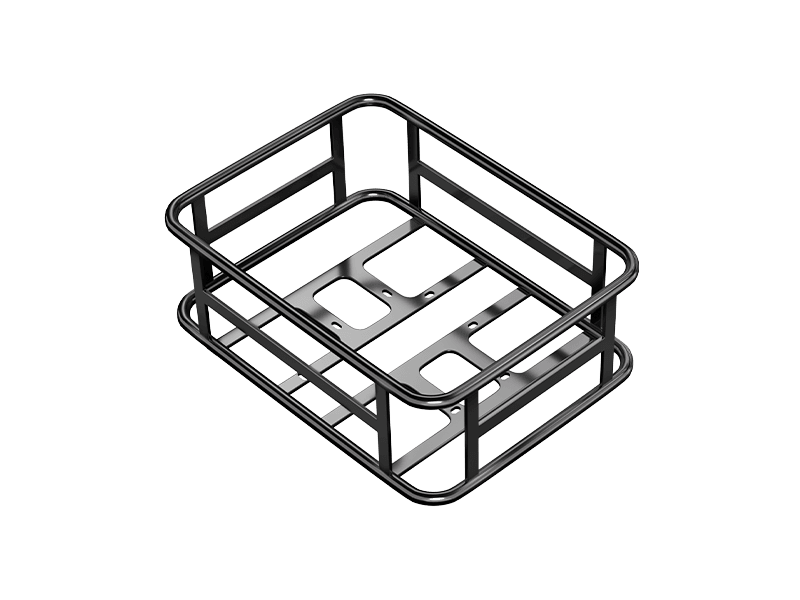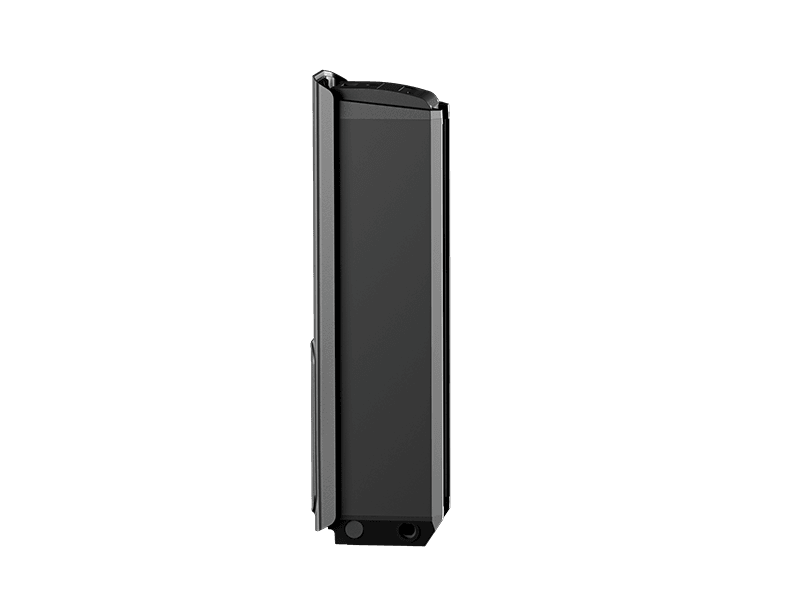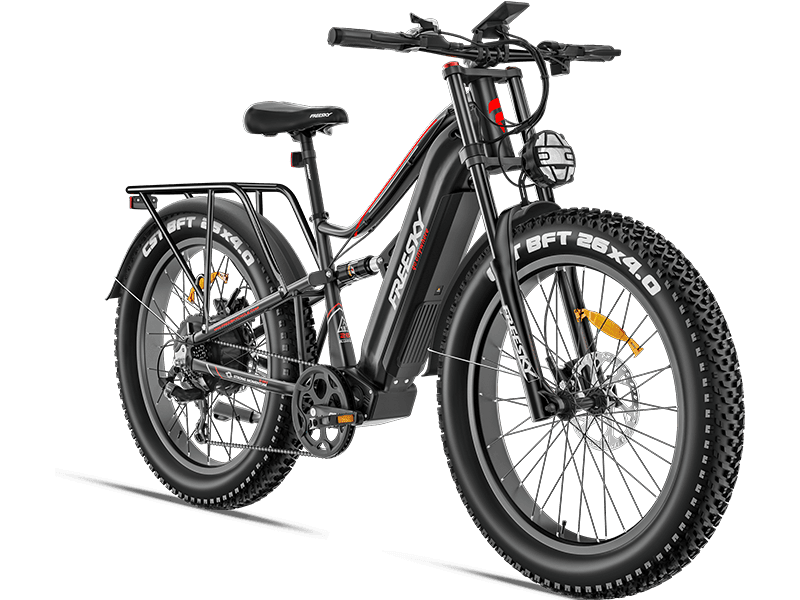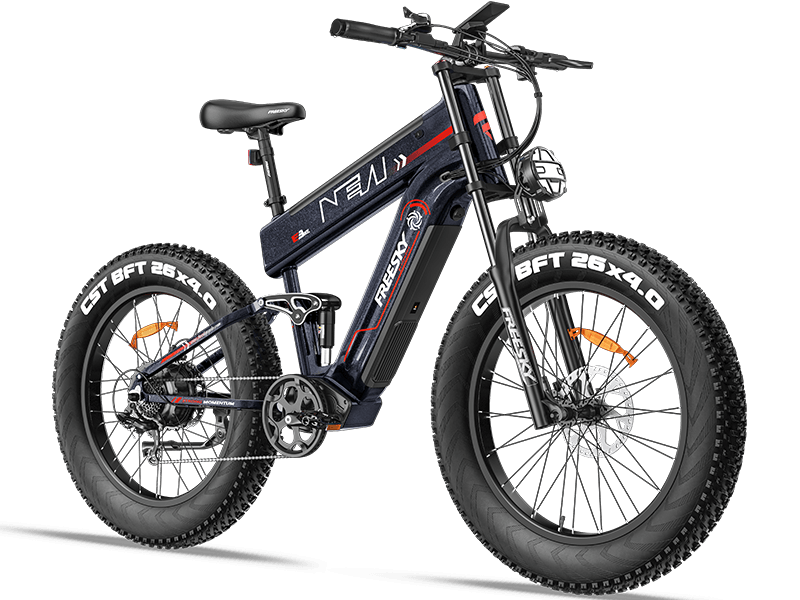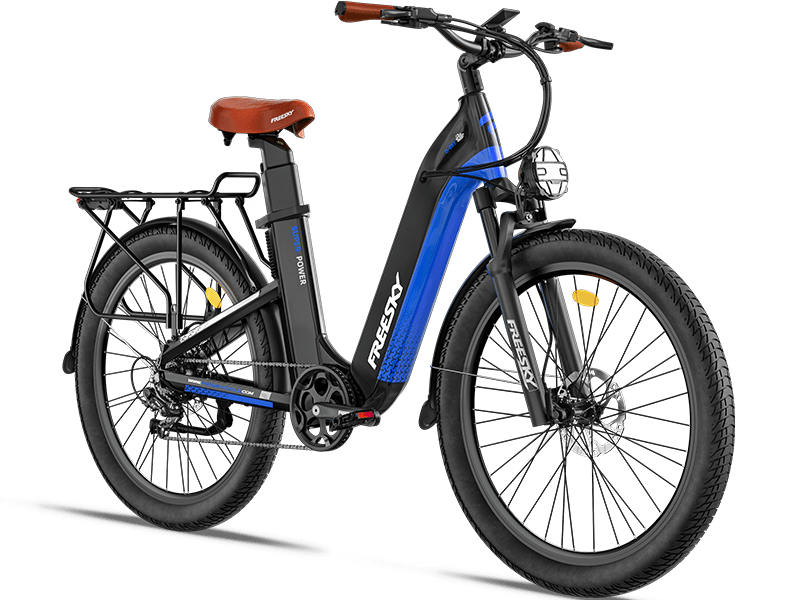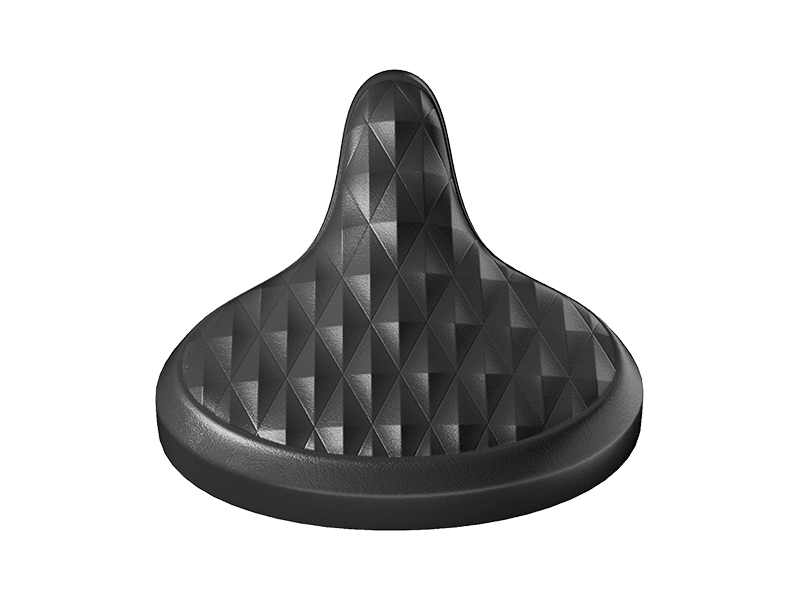Step-Through or Step-Over? Discover the Best Bike Frame for Your Needs
FEB 11, 2025
When it comes to choosing an electric bike, one of the most important decisions you'll face is selecting the right frame style. The two main types are the step-through and step-over frames, each offering its own set of benefits. Understanding the differences can help you make an informed choice based on your personal preferences, comfort, and riding style.
Let’s break down the key features of each to help you determine which one is the best fit for your needs!
What is a Step-Through Frame?
A step-through frame, sometimes called a “low-step” frame, features a lower top tube that allows the rider to easily step through the frame instead of having to swing their leg over the top. This type of frame offers a more open and accessible design, making it easier to mount and dismount, especially for people with limited flexibility or those who prefer a more relaxed, casual riding experience.
Pros of a Step-Through Frame:
- Easy Mounting and Dismounting: The low top tube design makes getting on and off the bike hassle-free, which is ideal for commuters, seniors, or anyone with limited mobility.
- Comfortable Riding: With a more upright riding position, step-through bikes are great for leisurely rides and city commuting.
- Stylish and Elegant: Many step-through bikes have a sleek, retro appearance that adds a touch of elegance, often favored by urban cyclists and fashion-conscious riders.
- Lower Center of Gravity: This frame style tends to have a more stable feel, which can be helpful for balance and control.
Best For:
- People looking for easy access and comfort.
- Those who frequently ride short distances or in urban environments.
- Riders seeking a bike that blends functionality with style.
What is a Step-Over Frame?
The step-over frame, also known as a “traditional” frame, features a top tube that runs parallel to the ground and requires the rider to swing their leg over to mount the bike. This style has been the standard for most bicycles for many years and is still popular due to its durability and versatility.
Pros of a Step-Over Frame:
- Better Performance: The higher top tube can provide more efficient power transfer and a slightly more aggressive riding posture, making it ideal for performance-based riding.
- Sturdy and Robust: Step-over frames are often more rigid, providing better handling and stability at higher speeds or when riding on rougher terrains.
- Great for Sporty Riders: This frame style is often found on road bikes, mountain bikes, and sportier e-bikes, making it the go-to for cyclists who prefer a more dynamic riding experience.
- Wide Range of Options: Step-over bikes come in many variations, from performance-focused bikes to hybrid and mountain bikes, offering more choices for different types of riders.
Best For:
- Sporty riders looking for enhanced performance.
- Those who prefer a more traditional bike frame for outdoor cycling or long-distance rides.
- Riders interested in tackling varied terrain or doing more off-road cycling.
Step-Through vs. Step-Over: Which One Should You Choose?
Consider Your Riding Style:
- Casual Riders & City Commuters: If your primary purpose is commuting, running errands, or taking leisurely rides, the step-through frame is often the more comfortable and convenient option. Its low top tube makes it easier to get on and off, and the upright riding position is more relaxed.
- Sporty Riders & Adventurers: For those who enjoy outdoor adventures, like mountain biking or long-distance riding, the step-over frame is the ideal choice. It offers more control and performance benefits, especially on rougher or uneven terrains.
Consider Your Comfort and Mobility:
- Easier Accessibility: If you have limited flexibility or need a bike that’s simple to mount and dismount, a step-through frame is the better option. It provides a more relaxed ride and won’t require you to lift your leg as high.
- More Secure Fit: On the other hand, if you're comfortable with a more athletic position and prefer a bike that feels more “tightly connected” to you while riding, the step-over frame might be a better choice.
Style Preferences:
- The step-through frame is often favored for its vintage, stylish look, perfect for fashion-forward riders who want something that stands out in the city. Step-over frames, on the other hand, have a more traditional and sporty aesthetic that suits active riders looking for a more robust design.
Conclusion
Both step-through and step-over frames have their own distinct advantages. The best frame for you depends on your riding needs, lifestyle, and comfort preferences. If you prioritize ease of use and comfort, a step-through frame could be the way to go. However, if you're looking for a more performance-oriented bike and enjoy outdoor activities, a step-over frame might be your perfect match.
At the end of the day, the right bike frame is one that makes you feel comfortable, confident, and ready to ride. Take the time to test both types and see which one fits your body, style, and needs the best. Happy riding!


